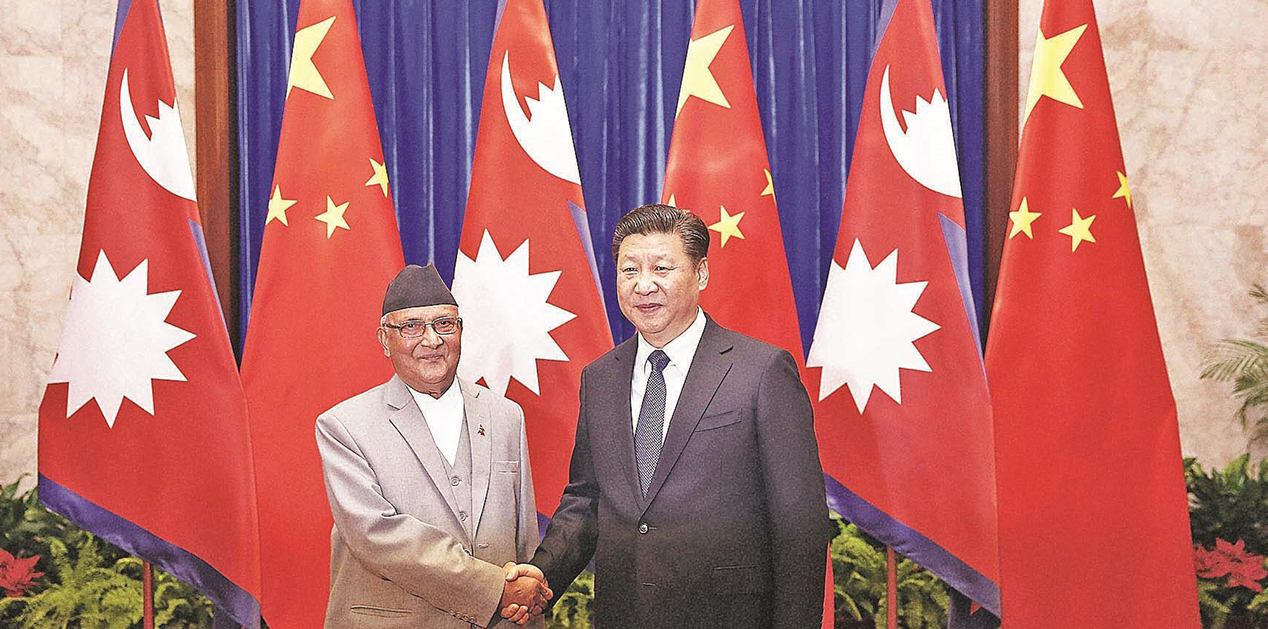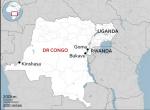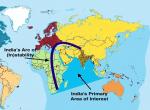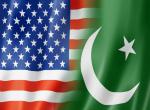During the recent visit of the Nepalese Prime Minister KP Sharma Oli to China between March 20 and 27, 2016, Nepal signed 10 agreements, including on trade and transit, energy cooperation and connectivity sector.
In the transit sector, Nepal has now secured right to access to the Chinese sea port of Guangzhou as alternative to Kolkata port of India. China has also agreed to supply oil to Nepal. Additionally, it will extend Chinese railway through Tibet-Nepal border to Kathmandu, Pokhara and further to Lumbini lying just 25 kilometers from the Nepal-India border.
China has already extended its railways network up to Shigatse, the second largest town in Tibet next to Lhasa in 2014. As per the plan, the 450 km railway line from Shigatse to Gyirong, which is 26 km from Rasuwagadi in Nepal, is likely to be completed till 2020.
Nepal’s ruling elites take the Sino-Nepalese agreement on transit, trade, energy and transportation as a great achievement for the country. They think that it could generate new opportunity for India and China to use Nepal as a transit country for trade with each other.
It is an irony that the country’s elite groups wanted Prime Minister Oli to make important agreements with China before his visit to that country. But the same elements exerted pressure on him for not making any agreement with India before his tour to this country in February last.
Commenting on the recent Sino-Nepalese agreement, Hu Shisheng, Director of the Institute of South and Southeast Asian and Oceania Studies of China views it as a historic move to connect China with South Asia. The move, according to Shisheng, is aimed at changing geo-political situation in the region.1
In an important development after the agreement, General Xu Qiliang, Vice Chairman of China’s Central Military Commission proposed to Nepal Army Chief for greater cooperation in defence strategy as per the understanding between Prime Minister Oli and Chinese leadership. 2 Also, People’s Liberation Army General Fang told the Nepalese army chief to stop ‘Free-Tibet’ activities in Nepal. In order to cement Nepal-China relations further, Chinese President Xi Jinping is likely to make stopover visit in Nepal while attending BRICS Summit in Goa on October 15-16 this year.
In India, there is a mixed reaction about the visit by Nepalese Prime Minister to China. There are people who think that Nepal as a sovereign country has every right to diversify its relations with any country. They have an impression that if India itself is improving its relations with China, there is no reason why Nepal cannot do so. However, some people also think that India has lost strategic partner like Nepal to China. Shyam Saran, India’s former Foreign Secretary holds that the agreement between Nepal and China should be taken seriously. He maintains that China has made its inroads in Nepal, which could pose economic as well as security challenge to India.
The Sino-Nepalese agreement was concluded at a time when such countries as Vietnam, Japan and Philippines in China’s neighbourhood have been struggling hard to deal with this country especially in South China Sea. Also, the timing of the signing of the agreement was crucial. It was signed at the time the fate of the government is in limbo due to the political turmoil.
Any time soon, the Madhesh-based political parties could make fresh agitation against the government for its failure to address their genuine demands. It was not that far when the blockade of Birgunj-Raxaul and other border points by the Madheshi Morcha leaders for 135 days gave a big jolt to the government. Until the first week of February last, there was acute shortage of essential items, including oil, LPG Gas and medicines from India to Nepal for this reason. The situation is not all normal even after the Madheshi parties withdrew their blockade of the border. And on top of all this, the Nepali Congress, the largest political party, is desperately in search of opportune time when it could topple the present government and form a new one under its leadership.
Interestingly, some people co-relate the signing of Sino-Nepalese agreement with Madheshi movement. They think that Nepal would not have moved towards China if the scarcity of goods created largely due to Madheshi movement had not been there. But there are others who believe that the ruling elites of the country have always been soft towards China ever since 1960s. The Madheshi movement has merely given them an excuse to get the country closer to the Chinese fold.
The Madhesh-based political parties which earlier criticized China for supporting Nepal’s constitution have not yet endorsed the Sino-Nepal agreement. Before Prime Minister Oli’s visit China, the Madheshi leaders under the Federal Alliance had submitted a memorandum to Chinese Ambassador to Nepal Wu Chuntai in which they urged him to exert diplomatic pressure on Nepal for addressing their grievances in the new constitution. They also made it clear that substantial sections of the Nepalese population did not take ownership of the new constitution and that the government was bent upon suppressing their movement.
Unfortunately, due to the lack of seriousness of purpose on the part of the government the Madheshi issue has not yet been addressed. Understanding the need for resolving this issue, the joint statement issued after the 13th European Union-India Summit in Brussels on March 30 (in which Indian Prime Minister Narendra Modi participated) urged Nepal to address the contentious issues of the new constitution and make it inclusive in character in a time bound manner so as to maintain political and economic stability in the country.4 Earlier in November 2015, similar suggestion was given to Nepal in the joint statement issued on the wake of the meeting between Indian Prime Minister Narendra Modi and his British counterpart David Cameron. But instead of taking the statement as a friendly advice, Nepal reacted strongly against such remarks on the ground that the constitutional issue was Nepal’s internal affairs. 5
Given the geo-economic realities, the cost of transporting goods from China to Nepal is likely to be far higher than what it could be available from India. This is one of the reasons why Nepal imports bulk of its goods from China not through Tibet-Nepal border but through the Kolkata port of India. In such a situation, it is unlikely that China would ever replace India in trade with Nepal.
In fact, China cannot be a match for India in Nepal. May it provide 27 border points for trade with Nepal as it is provided by India? China provides only one or two border points to Nepal for trade purpose. May China be able to give employment opportunities to 6.5 millions Nepalese people as it is provided by India? Can it keep its border with Nepal open as it is between Nepal and India? India is home to over 10 million people of hill origin of Nepal who are well integrated in Indian society. Can China do that?
In fact, the Sino-Nepalese agreement on trade, transit, energy and connectivity sector is signed by a government in Nepal that is struggling for its own existence. It is weak, instable and unfriendly to the bulk of the Nepalese population, including the Madheshis, who have been agitating for their rightful place in the constitution. This in a way challenges the very legitimacy of the government and also the agreement that it has made.
Nevertheless, it cannot be denied that the agreement is more a strategic pact rather than commercial deal between Nepal and China. It intends to push Nepal closer to Chinese umbrella by reducing country’s dependence on India. Chinese influence is likely to multiply in Nepal through this agreement, which could have major ramifications not only on the socio-economic and security system of Nepal but also in India. In such a situation, India would like to protect its interest in this country. Only time will tell how Nepal is able to meet the interest of the two giant neighbours on its soil. Any imbalance in the relationship might prove catastrophic for the country. If two elephants fight or love with each other, it is the grass to suffer.
Jha was formerly Professor of Economics in Nepal’s Tribhuvan University
Endnotes
- Purn Basnet, “Nepal-China deal will change geopolitical scenario,” My Republica, March 28, 2016
- “China seeks Nepal Army Support against ‘Free Tibet’ activities,” My Republica, March 31, 2016.
- Shyam Saran, “Misplaced triumphalism reigns in Nepal,” The Hindustan Times, March 31, 2016.
- Post Reporter, “Govt takes serious exception to EU-India statement,” The Kathmandu Post, March 31, 2016.
- Republica, “Nepal strongly objects to EU-India statement on constitution,” My Republica, March 31, 2016.
Published Date: 5th April 2016, Image Source: http://setopati.net
(Disclaimer: The views and opinions expressed in this article are those of the author and do not necessarily reflect the official policy or position of the Vivekananda International Foundation)











Post new comment